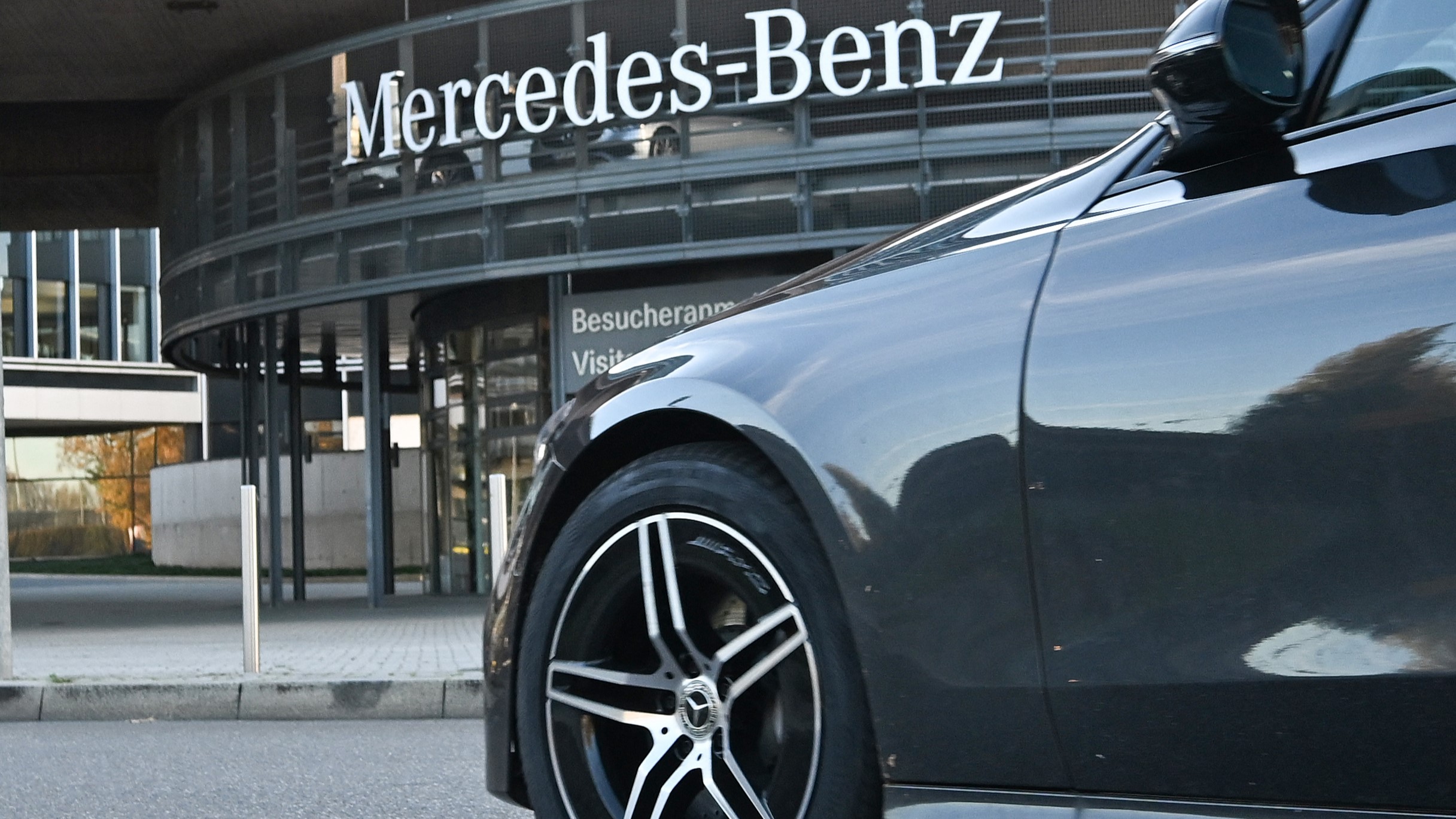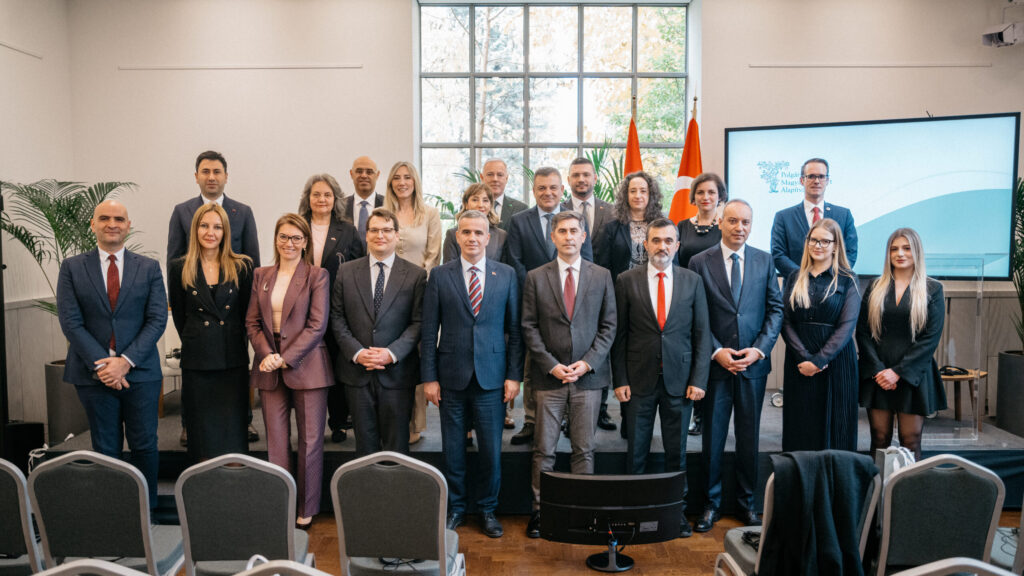Mercedes-Benz will create its first research and development centre in Hungary as part of a 21.6 billion forint (≈€55 million) investment, marking a new phase in the country’s integration into the global automotive industry. Foreign Minister Péter Szijjártó announced the project in Kecskemét, where the company already operates one of its key European manufacturing sites.
The R&D hub will handle the early stages of product development, including hardware and software engineering and prototype testing. The innovations developed in Kecskemét will later be integrated into new Mercedes models built on electric platforms. The Hungarian government is supporting the project with 4.3 billion forints, underscoring the site’s strategic importance.
Szijjártó described the move as a ‘major recognition of Hungarian engineering expertise’, emphasizing that local engineers will now participate directly in Mercedes’ prototype testing and development processes. He noted that Hungary is among the few smaller nations at the forefront of the automotive revolution, thanks to strategic partnerships like the one with Mercedes-Benz. Over the past decade, Hungary has supported investments by 324 German companies, creating 40,000 jobs. The minister also highlighted the broader impact of Mercedes’ presence: industrial output in Bács-Kiskun County has doubled since the company’s arrival, while unemployment has halved.
Szijjártó warned that global competition for electric vehicle investments is intense, as these projects drive future economic growth. He said Hungary’s recent successes put it on track to join Europe’s ‘elite club’ of countries producing more than one million cars annually. Mercedes-Benz regards Kecskemét as a cornerstone of its electrification strategy. The city’s plant, already under major expansion, is set to become Hungary’s largest car factory, producing models such as the GLB and the new electric C-Class.
According to Jörg Burzer, Member of the Board of Management at Mercedes-Benz Group AG, the company is preparing for the most extensive product offensive in its history, launching over 40 new and updated models in the coming years. After successfully beginning electric CLA production in Rastatt and the GLC in Bremen, Mercedes is now preparing Sindelfingen for new electric AMG models, while Kecskemét plays a key role in the upcoming development cycle. Burzer explained that over the next three years, the focus in Hungary will be on integrating prototypes and advancing early-stage vehicle development for next-generation platforms. This cooperation, he added, ‘significantly expands Kecskemét’s portfolio in innovation and development.’
Jens Bühler, Managing Director and Head of Production at Mercedes-Benz Manufacturing Hungary, recalled that over two million vehicles have already been produced in Kecskemét since operations began in 2012. More than €1 billion has been invested in expanding production lines, digitalization, and sustainability, effectively doubling the plant’s size and boosting annual capacity to over 300,000 vehicles. He noted that ‘many innovative solutions were developed in Kecskemét and later integrated into Mercedes-Benz’s global production network,’ adding that the new R&D centre will further deepen this role.
Related articles:







